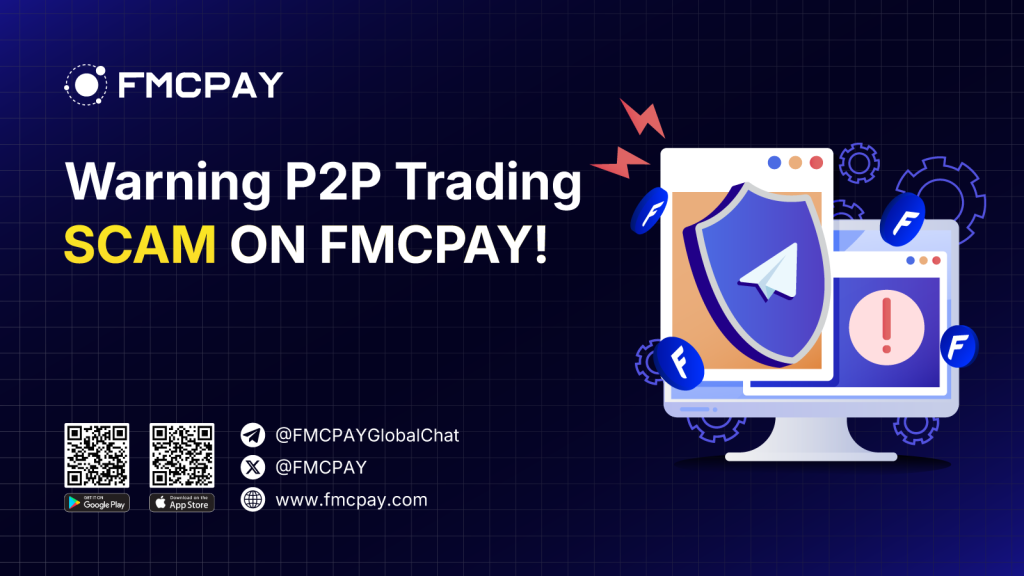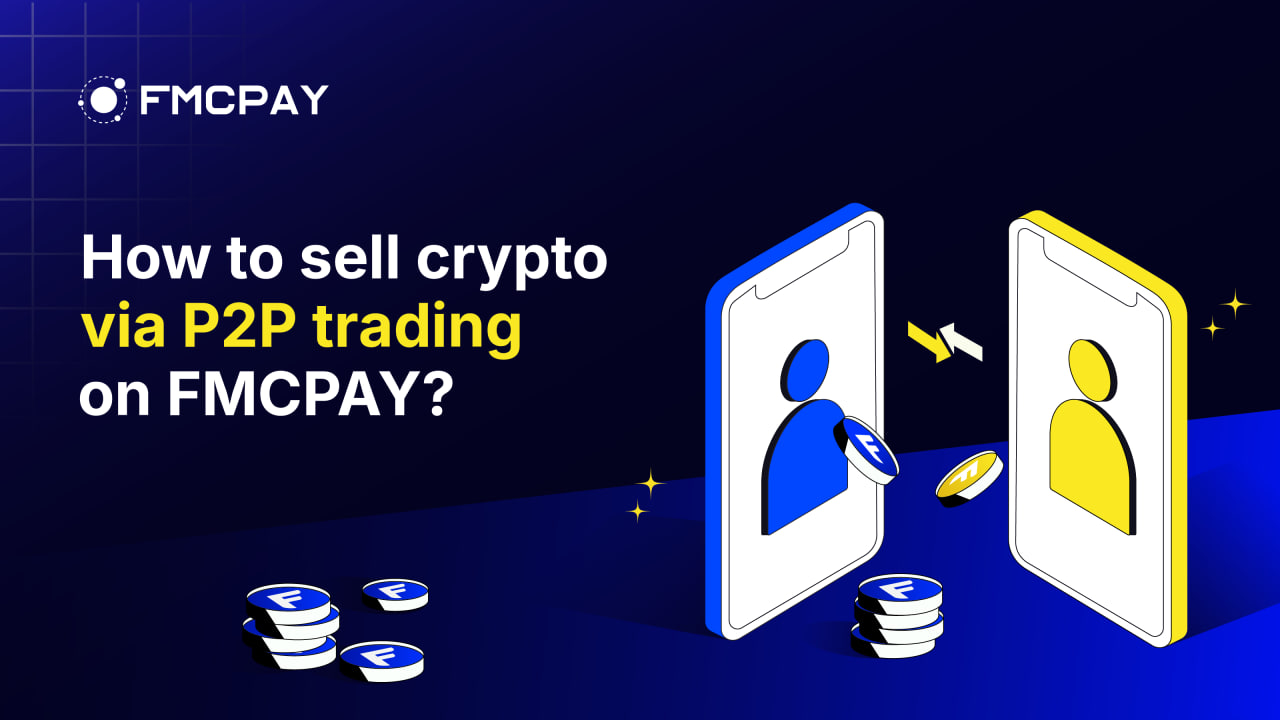To mitigate the risk of fraud during P2P transactions, users must ensure that the bank transfer has been successfully received or the USDT has been released to their wallet prior to confirming the transaction.
FMCPAY personnel will never initiate direct contact to request personally identifiable information (PII), two-factor authentication (2FA) codes, or account credentials under any circumstances.
All official user support, dispute resolution, and complaint handling is conducted exclusively via our verified email address: [email protected]. Any other form of communication should be treated as impersonation or phishing.
We strongly advise users to remain security-aware and proactively safeguard their digital and financial assets at all times.
With the rise of P2P (peer-to-peer) crypto trading, platforms like FMCPAY have made it easier for users to buy and sell cryptocurrencies like USDT directly with one another. However, with this flexibility comes an increased risk of scams, and some fraudsters are targeting unsuspecting users through deceptive tactics that can lead to permanent loss of funds.
This article highlights two common scam tactics currently affecting FMCPAY users and provides important safety tips to help you protect yourself.
Scam Type 1: Fake Buyers Urging You to Confirm Payment Before It’s Made
In this scam, a fraudulent buyer creates a P2P order to buy USDT from a legitimate seller. Here’s how the scam typically plays out:
How the Scam Works:
- The scammer places a buy order on FMCPAY to purchase USDT.
- They then message the seller, urging them to confirm that the payment has been received, even though they have not transferred any money.
- In some cases, they will go further by sending fake documents or photoshopped screenshots that appear to show a successful bank transfer.
- They may use urgency or emotional manipulation, like:
- “I already sent the money; please check again.”
- “It may take a few minutes to reflect; just confirm so I don’t get banned.”
- “Here’s proof” — accompanied by a fake bank receipt.
Why This Is Dangerous:
- If the seller confirms receipt of funds and releases the USDT, the scammer will receive the crypto without ever sending payment.
- Once USDT is released on the blockchain, the transaction cannot be reversed.
What You Should Do:
- NEVER confirm payment or release USDT unless the money is visible in your bank account.
- Do not rely on screenshots, text messages, or emailed receipts — they can be easily faked.
- Log in to your bank account directly and check your balance or recent transactions before taking any action.
- If you suspect a buyer is acting suspiciously, use FMCPAY’s dispute feature or report the trade.
Scam Type 2: Fake Sellers Asking Buyers to Confirm Payment Without Transferring USDT
This scam targets users trying to buy USDT through a P2P trade.
How the Scam Works:
- A scammer places a sell order for USDT and is matched with a buyer.
- The buyer sends fiat (bank transfer) to the seller’s bank account.
- Then, the scammer asks the buyer to confirm that they have received USDT, even though the seller has not transferred any USDT yet.
- In some cases, they may falsely claim that the transaction is delayed on the blockchain or that the crypto will arrive shortly.
- If the buyer clicks “Confirm Received,” the scammer gets the fiat payment and keeps the USDT.
Why This Is Dangerous:
- If you confirm receipt of USDT before it arrives in your wallet, you lose any right to file a dispute.
- The scammer ends up with your fiat money, and you receive nothing.
What You Should Do:
- NEVER confirm receipt of USDT unless it is visible in your FMCPAY wallet.
- Wait for the full transaction to complete and be reflected in your account.
- Do not trust verbal promises, screenshots, or “in-process” confirmations.
- If the seller is delaying the release of USDT after you’ve paid, open a dispute immediately and provide proof of your payment.
How to Protect Yourself from P2P Scams on FMCPAY
Whether you’re a buyer or seller on FMCPAY, here are key safety tips to keep in mind:
For Sellers (Receiving Fiat):
- Only release USDT after you’ve confirmed that the money has been received in your bank account.
- Ignore pressure or emotional manipulation.
- Fake receipts are common — verify through your actual bank, not screenshots.
For Buyers (Sending Fiat):
- Only confirm that you’ve received USDT when it’s visible in your wallet.
- Don’t trust vague reassurances or promises that the funds are on the way.
- If USDT is not released after payment, escalate using the dispute process.
General Tips:
- Avoid trading with accounts that are newly registered, have low completion rates, or have poor reviews.
- Use FMCPAY’s chat system to keep all communication on record.
- Be wary of overly eager traders, rush you or offer bonuses for confirming early.
- Stay updated on P2P security best practices through FMCPAY’s official announcements.
Final Reminder
P2P trading offers convenience and speed, but it also places responsibility on you to verify every step of the transaction. Once a trade is confirmed, it is irreversible.
Always confirm through official channels:
- For sellers: Check your bank account — not just screenshots.
- For buyers: Check your FMCPAY wallet — not just messages.
If it’s not in your account, do not click confirm.
If You Suspect Fraud:
- Do not confirm the transaction.
- Open a dispute immediately on the P2P order.
- Report the scammer to FMCPAY’s support team.
- Provide all supporting evidence: chat logs, screenshots, transaction references, etc.
Stay smart. Stay safe.
Trust your account, not the other party’s screenshots.
FMCPAY Team.


